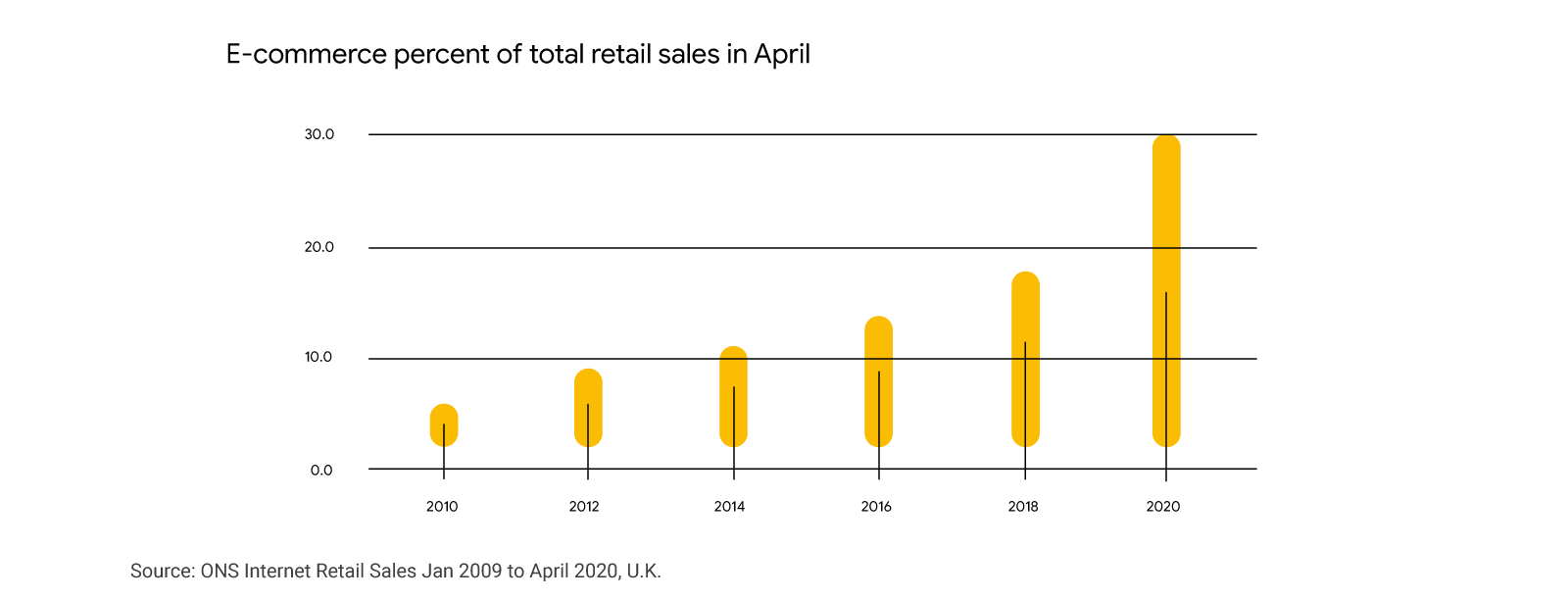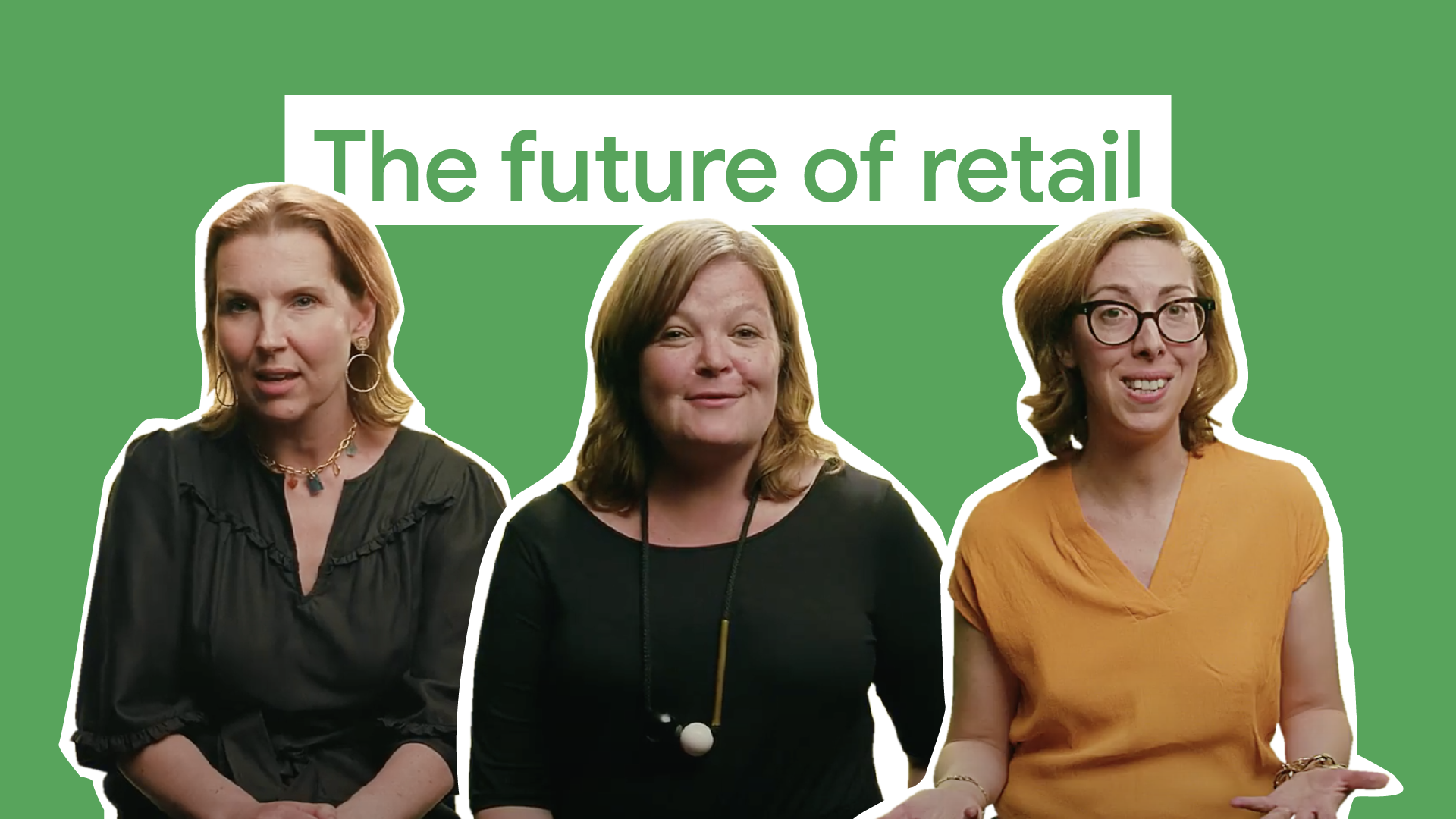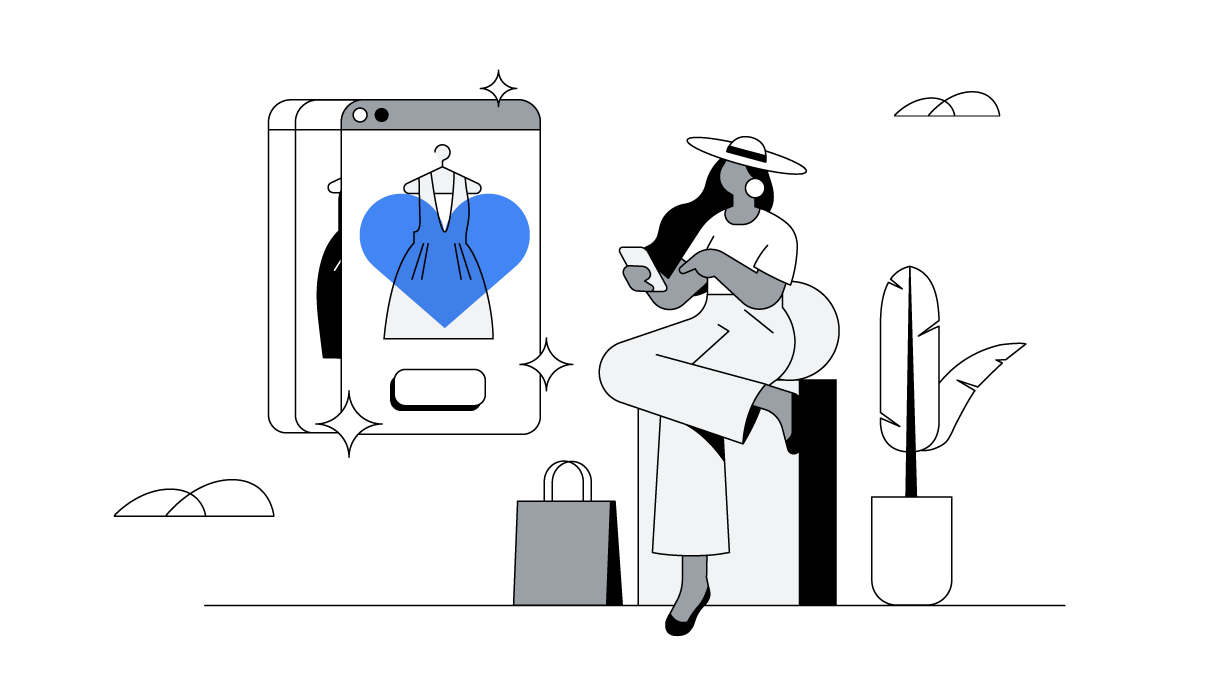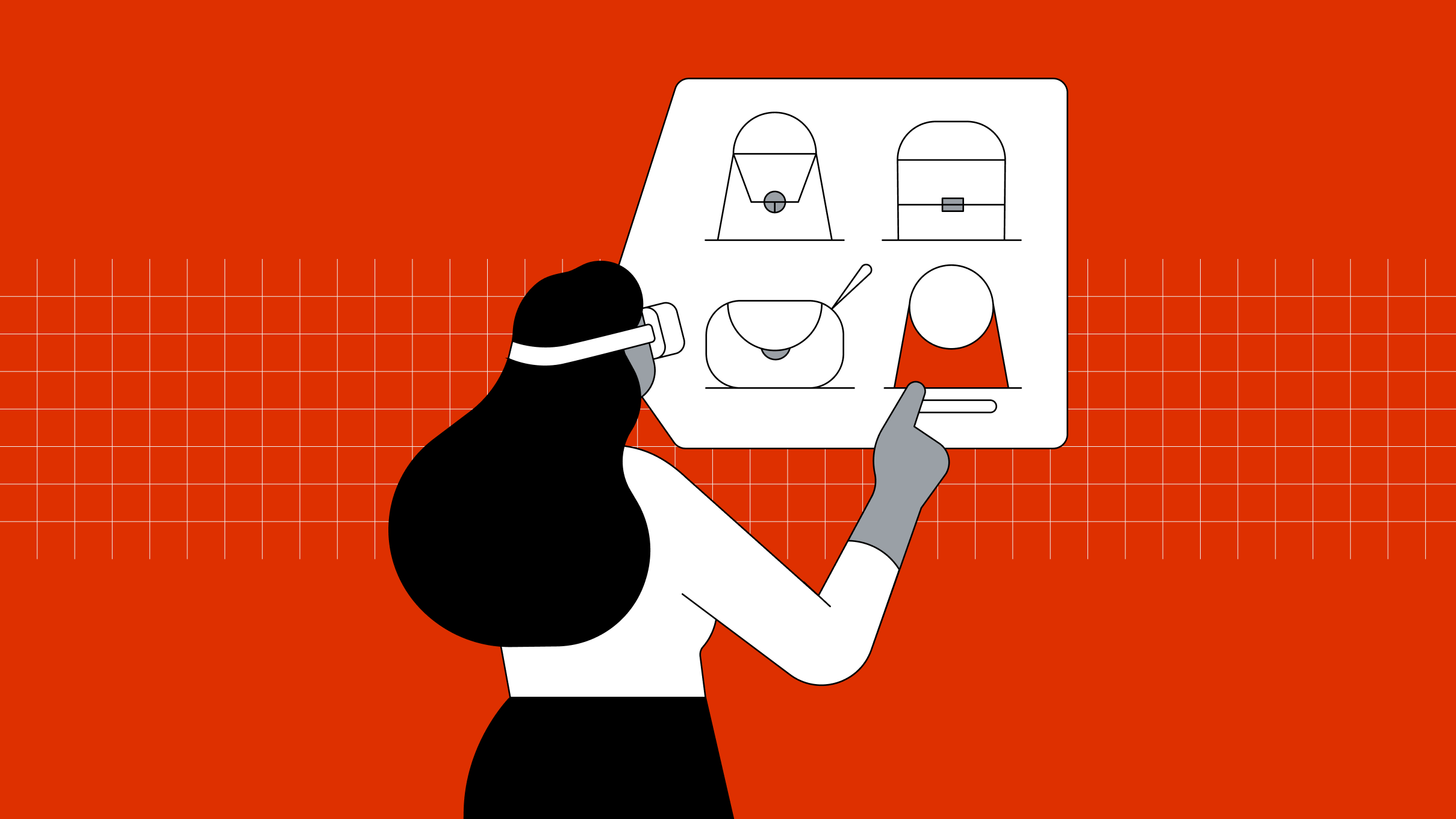Over the first half of 2020, the fashion industry — like many others — has been on a rollercoaster from the shock of the coronavirus pandemic. The disruption to supply chains, store openings, and demand has been well documented — but what comes next?
One of the biggest overall effects of coronavirus for fashion has been an acceleration in some long-term trends:
- The end of seasonality in fashion
- Online culture driving fashion trends
- Reimagining omnichannel
Understanding these trends and planning for them will help businesses drive growth in the future.
The end of seasonality in fashion
Global fashion weeks and runway events have for decades framed the annual buying calendar, providing designers and brands the opportunity to promote their Spring/Summer and Autumn/Winter collections.
Google Trends has shown the true seasonality of fashion in 2020 is “always on”, as month on month (MoM) fashion searches are almost completely consistent. In the U.K. there are over 10,000 fashion-related searches every minute.1 Shoppers now look for new clothing or items whenever and wherever they are inspired to search for it. To reach shoppers throughout these dynamic and complex consumer journeys, many retailers are using solutions such as Google Discovery ads that run across all available formats if the audience is relevant.
This new buying calendar reflects the amount of choice and access to information that consumers now have. Forward thinking brands and designers have taken this shift in seasonality to think about a more sustainable future, launching timeless items that aren’t designed to be “in” one season and “out” the next. Gucci announced in May 2020 that it would be going seasonless and reducing the number of shows and collections.
The industry pivot toward seasonless fashion blends with growing consumer demand around sustainability. In April 2020, a consumer study showed that over half of U.K. shoppers claimed to prefer or actively seek out sustainable clothing items.2
Online culture driving fashion trends
Online culture spread by online video platforms and social media has become the main cultural engine for fashion. Awash in information and inspiration, consumers’ ability to browse and shop anywhere, anytime, is changing the way they identify and adopt new styles. YouTube is an important platform, both for insights and connecting with the wider fashion community. When researching fashion shopping behaviours, the influence of organic and paid online content on their purchases is clear, for example: “A lot of the Nike trainers and all the Adidas trainers that I've worn, have been influenced by stuff that I've seen on YouTube … I’ve gathered a lot of my fashion sales from videos that I've seen on YouTube.” U.K. male, 25, London.3
The result of the pandemic forcing us to stay at home meant we’re watching online videos more than ever before. YouTube watchtime in the U.K. grew 27% MoM in April.4 As a result, we’ve seen more and more fashion brands continue to shift their efforts online, and a corresponding increase in fashion content on YouTube. Fashion favourites like Naomi Campbell have pivoted to YouTube to keep people connected, inspired, and entertained whilst staying at home.
In the U.K. there are over 10,000 fashion-related searches every minute.
Even the catwalk has moved online. YouTube.com/Fashion hosted the industry’s first ever entirely digital Paris fashion week in an exclusive partnership with the Fédération de la Haute Couture et de la Mode, establishing YouTube as the home for digital fashion weeks and elevating diverse voices in fashion.
By embracing the switch to being digital-first in their approach to content, fashion content creators have been able to better connect with online cultural trends. We know staying on top of this fluctuating demand has been challenging for many, which is why we launched an interactive tool to help understand fast-rising retail categories in Google Trends. Many retailers successfully used Google Trends data to spot the shifting demand towards loungewear, athleisure and smart tops for video calls as shoppers adapted to new living, working and exercise arrangements.
Reimagining omnichannel
With most shops closed more than they have been open this year, it is no surprise we’ve seen a stepchange in ecommerce up from 20% to 30% in April of total retail sales.5 Initial indicators like Google’s mobility reports suggest a slow rebound for physical shopping, even as stores have reopened. Enders Analysis predicts consumer shift to online sales will endure, landing at 25-27% by the end of the year — a potential £4.5 billion additional spent online in Q4 2020.

Regardless of where the final purchase takes place, online research is now firmly a key influencer for clothing purchases. Many of Europe’s top retailers are focusing on combining their digital and physical store offerings to stand out and succeed in a competitive market. Mobile shopping apps are now core to the consumer experience on the back of app downloads from Google Play increasing 30% from February to March.6 Retailers have adopted different fulfilment strategies to adapt to their customer needs and existing store estate. Pure players like Asos have developed innovative automated warehouses, placing technology innovation at the heart of their fulfilment operations.
Those retailers with stores already in place can have an advantage to use them as micro-fulfilment centres. At Google we are looking to help retailers improve their fulfilment capabilities through innovations like the new curbside pickup and store pickup annotations (i.e. click and collect) in Local Inventory ads, which give customers the local pickup information at the point of search.
New business models are also growing rapidly as consumers become more comfortable with them. Retailers are also experimenting with new business models and store experiences. Nike's House of Innovation Paris provides an immersive retail experience and a window into the future role of the store. Resale platforms like Depop, or small batch “drops” (a limited release of merchandise) via online or physical popups, present brands with new levers to trigger purchase journeys and excite consumers. Luxury retailers are evolving interactive experiences to create high-quality personalised brand-building experiences that also support sales, such as Harrods VIP personal shopping service powered by online messaging services.
The future of fashion: 3 action areas for marketers
2020 will have a large impact on the future of fashion with the acceleration of previously strong growing trends including:
1. The end of seasonality in fashion
Plan for always-on campaigns to both create and capture demand all year round.
2. Online culture driving fashion trends
Dynamically react to emerging trends and insights from online platforms to inform content and product strategy.
3. Reimagining omnichannel
Consumers expect to shop across multiple touch points and platforms depending on what’s convenient for them, not you.






